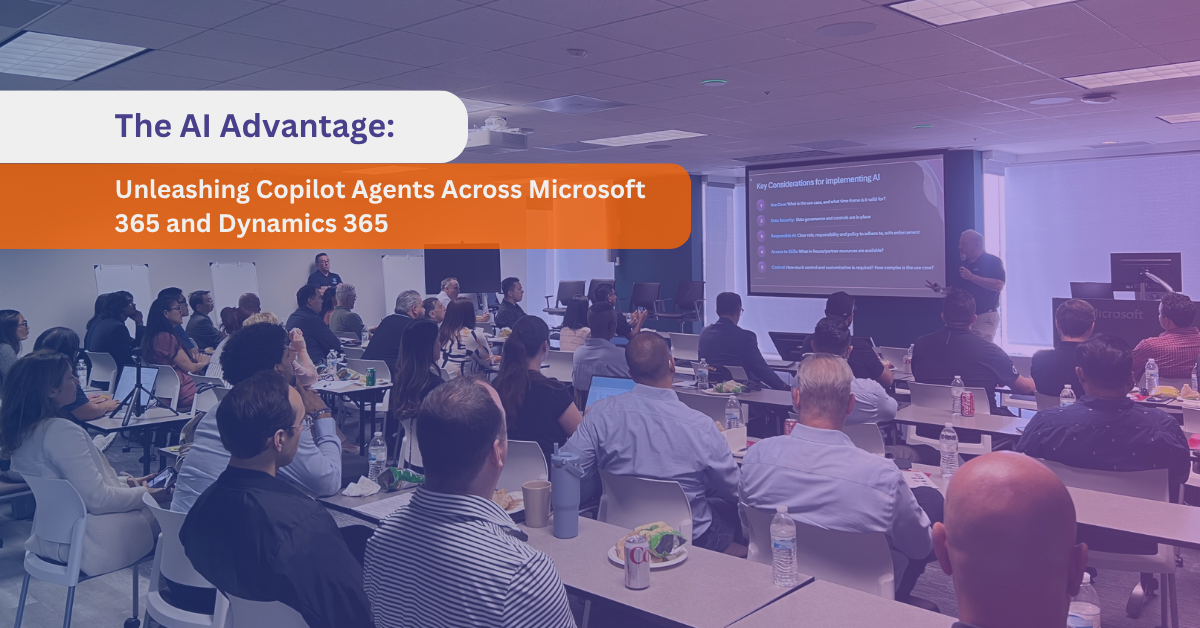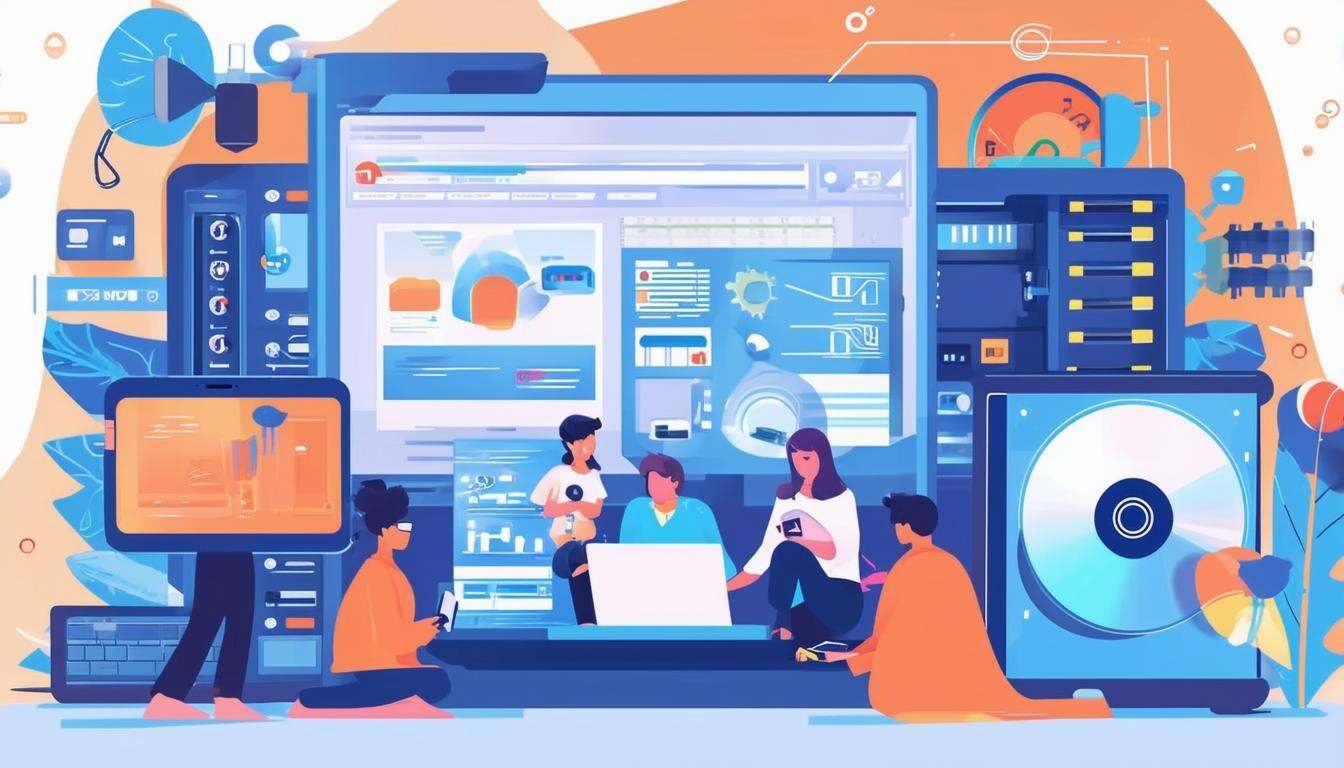The Top 5 Technology Trends Business Leaders Should Watch in 2026
Part Three
Reflecting on 2025, it’s clear that this year set the stage for some of the fastest technological shifts of this decade. Generative AI matured from experimentation to real deployment, cyber threats became more aggressive and more automated, and organizations across every industry began rethinking how they use data, cloud, and automation to stay competitive. 2026 is shaping up to be a defining year for technology with shifts in AI, infrastructure, security, and automation that are too big for any company to ignore.
As decision-makers, it’s essential to understand not just what’s new, but why it matters for your business. Below are five key trends that deserve your attention in 2026, and what you should consider doing now to stay ahead.

.png)










